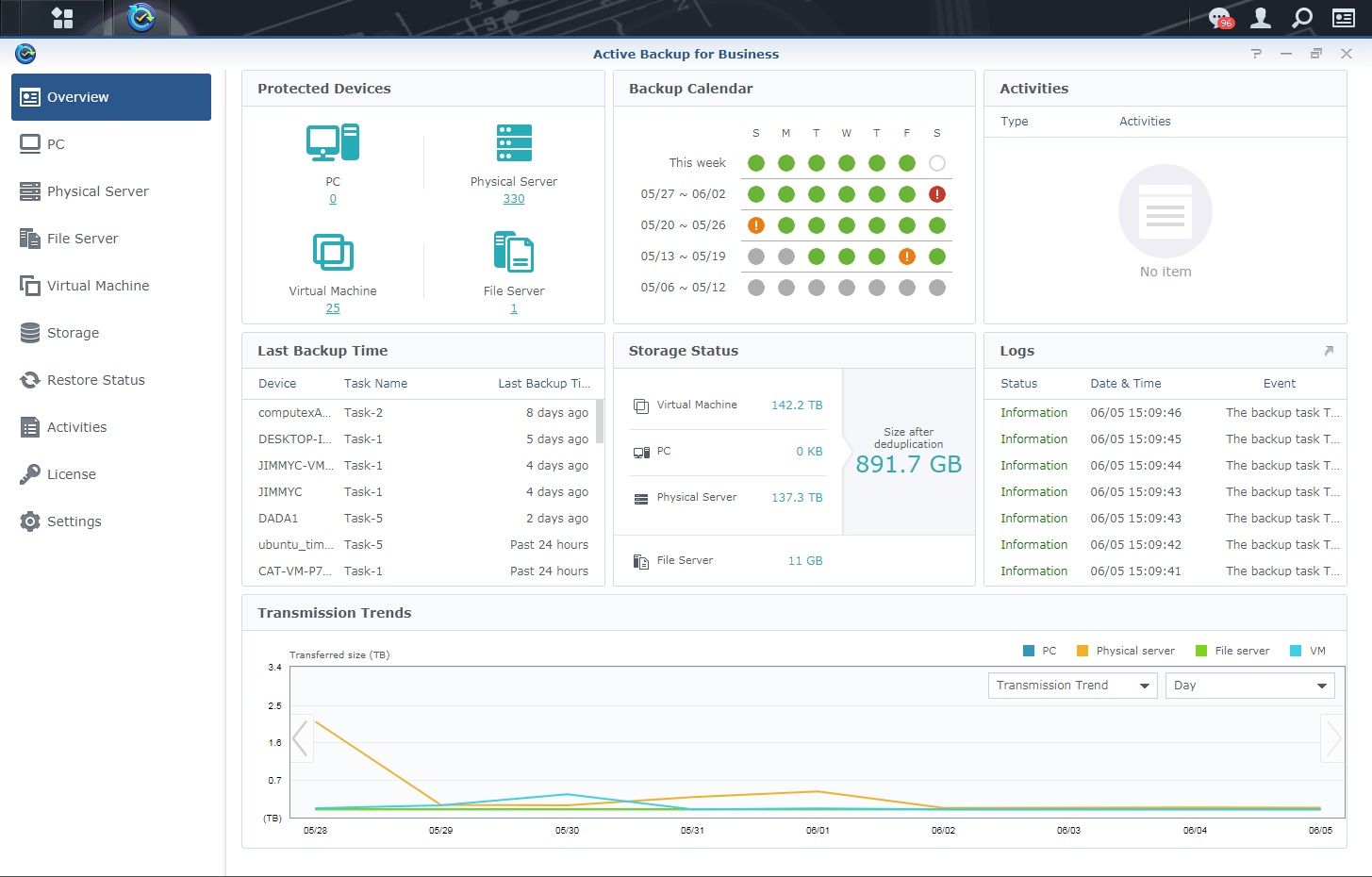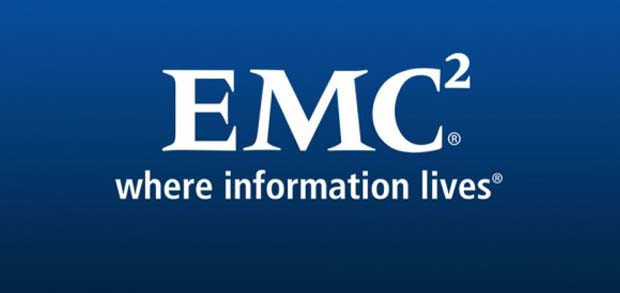By Ronnie Latinazo, EMC Philippines Country Manager
Everyone knows the fateful tale of the Three Little Pigs who built their houses with different materials – straw, wood and bricks. Only one of the little pigs survived, because he had built a robust architecture with risk and performance in mind that could withstand attacks of the day. Had they worked together to build a unified, optimized architecture, all three could have survived. Data silos,like the three little pigs, are equally susceptible to big bad wolves such as online threats, data loss and system failures.
Asia Pacific is in a phase of rapid change and growth, with different levels of business and technological maturity. From entering different markets, facing different regulatory requirements; combined with the trends of consumerization of IT and BYOD, businesses face significant pressures to keep ahead of the competition. Unfortunately, with such rapid change means different business teams tend to deploy their own storage, backup, application and virtualisation architecture.
Like the Three Little Pigs, organisational teams should not fall into the chaos of an ‘accidental architecture’ – building their own separate backup, disaster recovery and archive solutions. The sheer growth of data, combined with evolving data protection technology means that teams must consolidate their storage architecture for better protection and for business continuity and compliance purposes.
Organisations loose agility with ‘accidental architecture’ as backup solutions cannot be scaled effectively, security is compromised – data could fall through the cracks, without being backed up at all and not to mention, cost efficiencies go out the door. Corporations need to think about disaster management plans so that businesses continue to function securely. This needs organisational alignment of risk and compliance and control across functional domains.
According to research commissioned by EMCtitledThe Disaster Recovery Survey 2012: Asia Pacific and Japan shows that the region is not prepared.
• 81% of IT decision makers are not confident they could fully recover from data loss.
• 71% of companies experienced loss of data in the previous twelve months.
• Results of data loss include:
o 42% loss of employee productivity
o 40% loss of revenue
o 39% delay in product or service development
After data loss and system downtime, organisations review and change procedures – but surely the moral of the story here is that prevention is better than cure.
So how exactly do you build an intentional Protection Storage Architecture? Firstly, as the anchor of the architecture, storage needs to be cost- and capacity-optimized with high data durability that can deliver fast, efficient disaster recovery, backup and archive. To avoid creating silos of protection storage, the platform must support multiple protocols and integrate with multiple data sources.
Since data protection incorporates disaster recovery, backup, and archiving, enterprises need to consider storage options that not only ensure data will be there decades later, but also has life beyond current hardware purchase. Further, enterprises will need to select protection storage that can handle the variety of workloads in the environment today and evolve to meet tomorrow’s workloads as well.
Secondly,backup and recovery needs to be fast and at the same time provide internal customers with visibility into the protection of their data. The protection storage architecture leverages both the optimized data flows and user interfaces of the data sources: hypervisor, application and storage. The data sources deliver optimized protection performance because they can track the data as it changes. This helps to build trusted data that is predictable, reliable with continuous availability, and quick performance.
Thirdly, providing internal stakeholders with the information they want, in a quick and easily digestible way will encourage them to adhere to data management and access policies. The value-added services could be in the form of compliance reports, policy, analytics, data discovery and more. Analytics in the form of such reports are essential to adding value and aligning governance and compliance standards across the organisation. With this visibility, there is an instant capture of where data is stored, how to find it, who is accessing the data, and when. This optimises utilisation but also enables tight security controls to maintain the integrity of the data and systems.
The rules of data protection have changed from thinking of data protection as a cost centre to thinking of it as a strategic investment in your business’s future. Backup, in particular, has transformed from a “low-value, high-cost insurance policy” to a “business accelerator.”
The Protection Storage Architecture is EMC’s North Star for data protection. With integrated modules for protection storage, data source integration and data management services, business can accelerate their IT transformation and maximise opportunities. EMC’s Protection Storage Architecture provides the road map for the journey to backup transformation in a truly integrated fashion.
In today’s dynamic business and virtualised IT environment, organisations need to provide employees with fast, secure access to data as well as data management services that allow them to get value from information. With the right technology, businesses can secure their IT operations, ensure compliance with regulatory and industry standards and lower operational costs. If organisations don’t make changes to the way they protect and manage their data it could just meet the same disastrous fate as the Three Little Pigs.










































































































